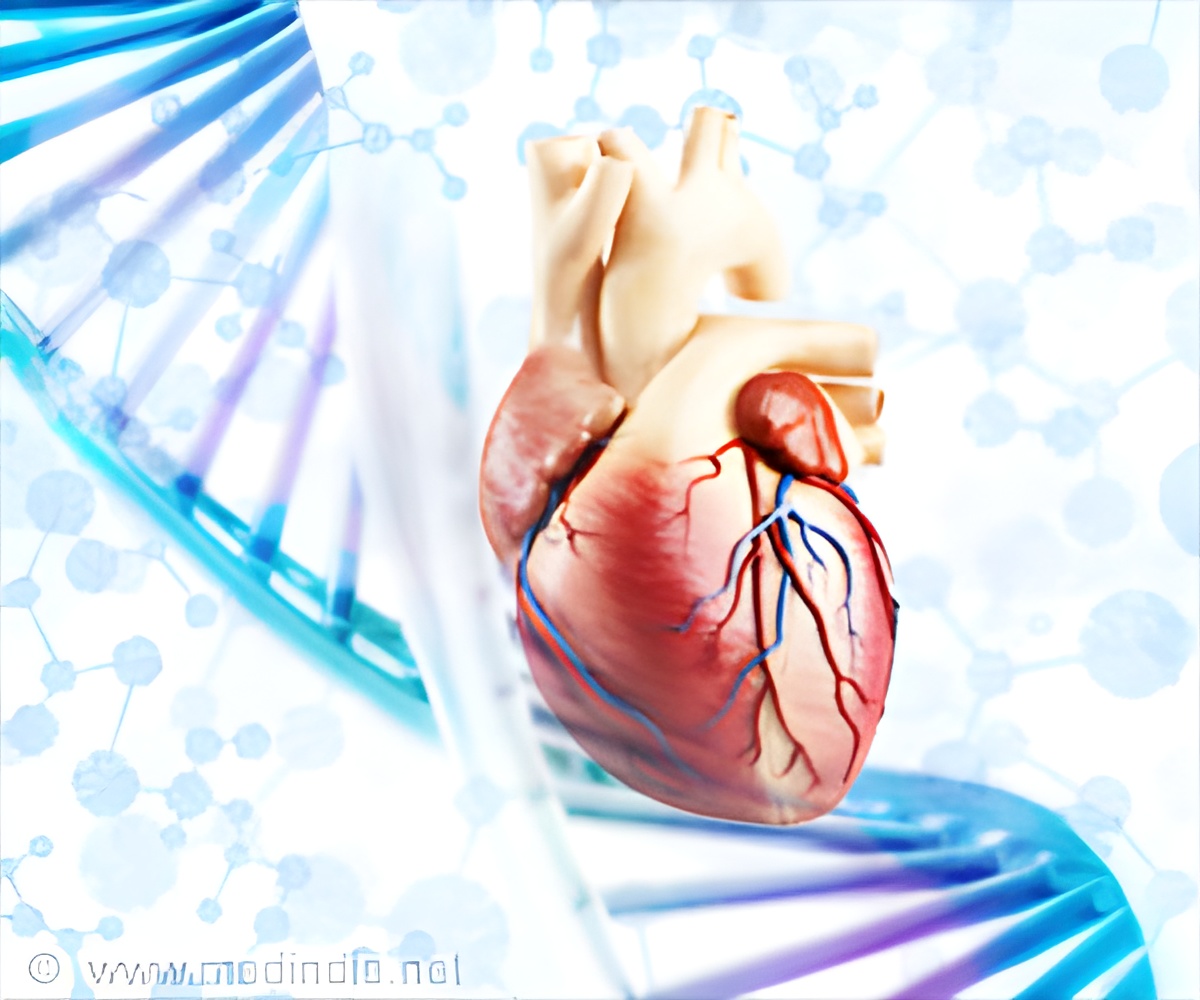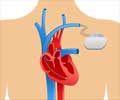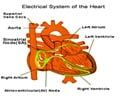The biological pacemaker is intended as an alternative to the artificial cardiac pacemaker that's been in human use since the late 1950s.

- Biological pacemaker has a group of cells which produces specific electric stimuli when injected in certain regions of the heart.
- Human embryonic stem cells grown to cardiac //cells helps originate heart beat when injected in the sinoatrial node.
The SA node is the natural pacemaker of the heart and is comprised of a group of dedicated heart cells – SA node pacemaker cells - responsible for initiation of the electrical signal leading to the contraction of the heart.
A dysfunction in their activity results in slow beating rate that could disrupt cardiac function and lead to weakness, dizziness, fainting, heart failure, and even death. Such dysfunction requires the implantation of an artificial electronic pacemaker to correct the dysfunction of the natural pacemaker mechanism using electrodes inserted into various areas of the heart.
But such electrical pacemakers have a myriad of limitations, including an invasive surgical procedure, danger of infection, a lack of hormonal sensitivity and a limited duration of activity (due to limited battery life). An electrical pacemaker does not adapt itself to the gradual increase in cardiac volume when it comes to treating children, whose hearts are still growing.
One of the most promising future alternatives to electrical pacemakers is the biological pacemaker strategy, based on the use of cells that are functionally similar to natural pacemaker cells.
To demonstrate the potential future clinical use of the cells as biological pacemakers, experiments were conducted in the Gepstein laboratory on rats. Pacemaker cell transplants restored normal heart rhythm in 6 of the 7 rats that were tested.
Reference
- Professor Lior Gepstein et al., Canadian-Israeli Development: A New Biological Pacemaker, Nature Biotechnology (2016).
Source-Medindia















